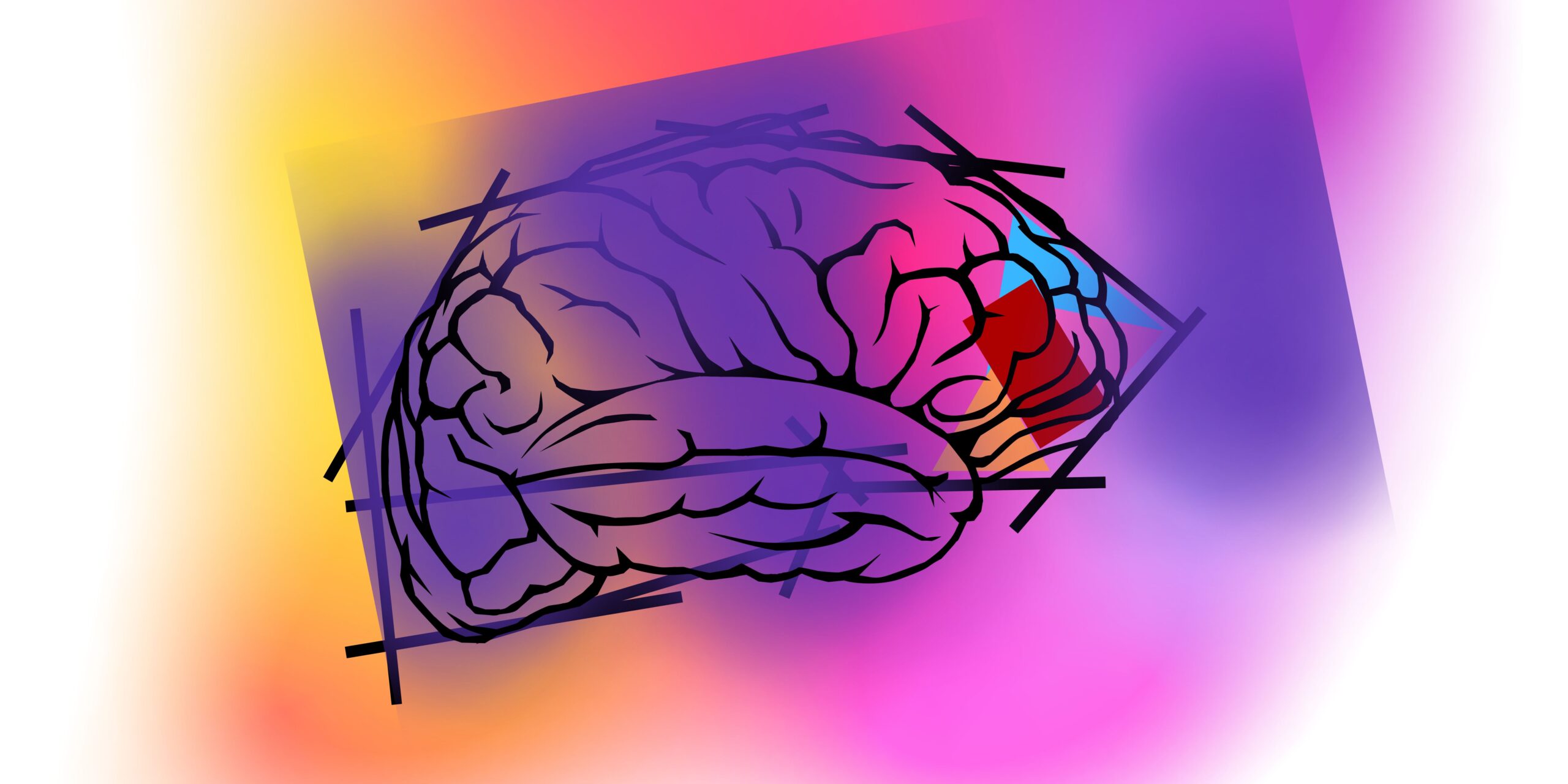Animals and people are more likely to have cognitive-behavioral, mental, and physical problems later on if they have traumatic events early in life. In people, stressful events are strong indicators of poor mental health. More and more studies have focused on changes in the structure and function of the brain that show how genetic changes happen after stress (Thomason et al., 2017).
How Stress Hormones Affect Brain Function After Trauma
Research on animals show that too much corticosterone (stress hormone can hurt brain cells in parts of the brain that have a lot of glucocorticoid receptors, such as the hippocampus and the prefrontal cortex (PFC). You need to be able to remember things and make decisions, which are both very important for learning (Carrion & Wong, 2012).
Interestingly, studies on children and teenagers reveal important interactions of stress hormones and how they affect brain health – enough to predict later development of disorder. who have been through stress and show signs of post-traumatic stress disorder make more of the steroid cortisol, which is a stress hormone, than teens who have never been through trauma. However, this reduces over time. Instead, higher levels of noradrenaline are observed later on.
Brain Areas
A talk at the National Summit for Stress and the Brain talked about structural and functional imaging results in the hippocampus and PFC of young people who have PTSD (Carrion & Wong, 2012).
It was said in the lecture that young people with PTSS have higher amounts of cortisol. Cortisol levels before bedtime can predict long-term declines in the size of the hippocampus. There is a negative relationship between cortisol levels and volume in the PFC. Teenagers with PTSS have lower activity in the hippocampi and prefrontal cortex (PFC) when they are doing memory and executive function tasks compared to healthy teens (Carrion & Wong, 2012).
As memory is a particularly important function of the limbic region and the Prefrontal Cortex, this short essay will infer that memory problems could indicate functional changes in the brain.
Hippocampus
The hippocampus is a part of the brain that helps us learn and remember things. It is also very sensitive to stress. When people are stressed, their bodies create a lot of glucocorticoids, which are chemicals that hurt neurons in the CA3 area of the hippocampus. These chemicals cause neurons to die and dendritic branches to stop growing. Glucocorticoids mess up the chemistry of cells and make hippocampal neurons more vulnerable to amino acids that make them fire, like glutamate. Bremner and others (1999) used cognitive tests to find out how well people with PTSD could use declarative memory. They picked tests that had been shown to be accurate in studies of epilepsy patients as ways to look into how the hippocampus works. These mental tests, like delayed paragraph memory and learning word lists, were linked to the loss of neurons in the hippocampus in people who had surgery to remove part of their hippocampus to treat seizures.
In the first study to use brain imaging to look at PTSD, war soldiers had an 8% decrease in the volume of their right hippocampal area, as measured by magnetic resonance imaging (MRI). There was no change in reference areas like the caudate, amygdala, or temporal lobe. People with PTSD had problems with their short-term memories when the size of their right hippocampal region shrunk.
Prefrontal Cortex
The prefrontal cortex (PFC) controls behaviour, thoughts, and emotions from the top down. It creates the mental models needed for flexible, goal-directed behaviour, such as the ability to control attention, reality testing, and understanding of one’s own and others’ actions. Through working memory, the dorsolateral PFC (dlPFC) controls ideas, attention, and movements in animals. Damage to the PFC makes it harder to concentrate or pay attention, and it can also make it harder to control your impulses, which can lead to risky behaviour. Structural imaging studies have found that the dlPFC, ventromedial Prefrontal Cortex (vmPFC), subgenual PFC, and temporal association cortex are all thinner in people with high levels of distress (Arnstein et al., 2015).
Damage to both sides of the vmPFC makes it harder to control emotional responses, leading to more anger, trouble making decisions, and a lack of understanding. PFC injuries can also make it harder to stop cognitive distraction, like stopping memories that aren’t relevant. The dorsal PFC is needed for reality checking, which is a skill that helps people tell the difference between a strong memory and a real event, like the flashbacks that people with PTSD experience. Lastly, the PFC can control how alert we are by connecting to noradrenergic neurons and stopping them from firing. This lowers the stress reaction (Arnstein et al., 2015).
In Mammals
Animal tests have shown that even a small stressor that can’t be stopped, like loud white noise, can quickly hurt the working memory of monkeys and rats in the PFC. A lot of the time, people who are worried feel like they are unable to regulate the issue that causes them stressed (Arnstein et al., 2015). It’s intriguing to note that the PFC may halt the stress response if it believes that the individual is in charge.
Humans
People can also lose the ability to use their working memory when they are under a lot of stress that they can’t control. For example, watching a disturbing and violent movie can hurt working memory and lower the dlPFC BOLD response. Even Special Forces troops who are under a lot of stress have been seen to have trouble with their working memories (Arnstein et al., 2015). Acute, uncontrolled worry also makes PFC less self-controlled and makes them more likely to abuse drugs.
Conclusion
Scientists have argued for long that psychological phenomena interact with the brain. As is demonstrated by the research cited above, the investigation has reached a point where we could measure changes in the brain, both on a functional and structural level. This is a promising direction which could highlight even better psychological interventions. After all, if stress can be contained through specific psychotherapeutic measures, these measures could be studied individually in relation to the effect on the brain.
This direction continues to marry the sciences of Neurology and Clinical Psychology.
References
- Arnsten, A. F., Raskind, M. A., Taylor, F. B., & Connor, D. F. (2015). The effects of stress exposure on prefrontal cortex: Translating basic research into successful treatments for post-traumatic stress disorder. Neurobiology of stress, 1, 89-99
- Bremner, J. D. (1999). The lasting effects of psychological trauma on memory and the hippocampus. Law and Psychiatry.
- Carrion, V. G., & Wong, S. S. (2012). Can traumatic stress alter the brain? Understanding the implications of early trauma on brain development and learning. Journal of adolescent health, 51(2), S23-S28.
- Thomason, M. E., & Marusak, H. A. (2017). Toward understanding the impact of trauma on the early developing human brain. Neuroscience, 342, 55-67.
I am a Clinical Psychologist and a Lecturer of Psychology at Government College, Renala Khurd. Currently, I teach undergraduate students in the morning and practice psychotherapy later in the day. On the side, I conjointly run Psychologus and write regularly on topics related to psychology, business and philosophy. I enjoy practicing and provide consultation for mental disorders, organizational problems, social issues and marketing strategies.





